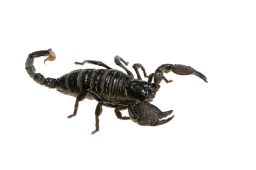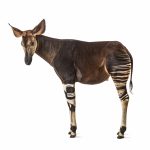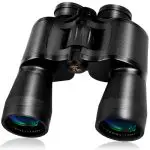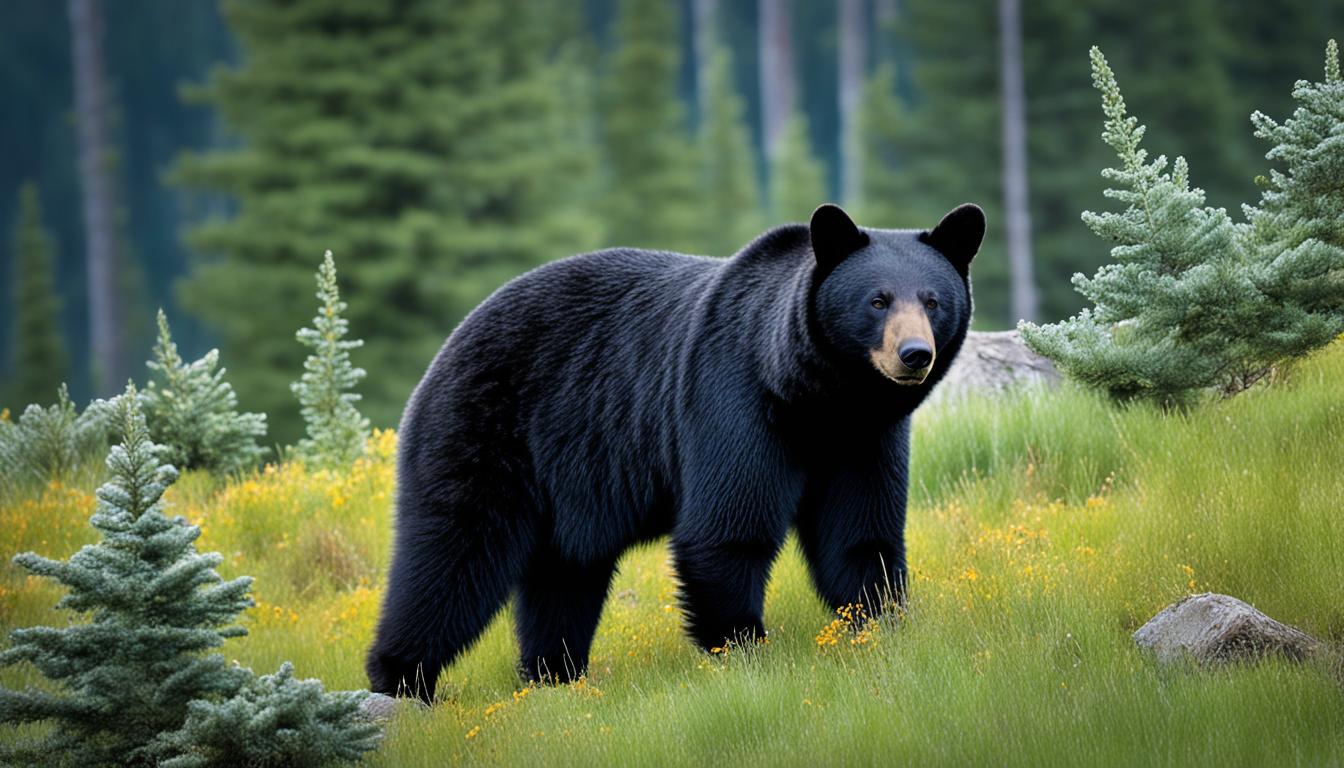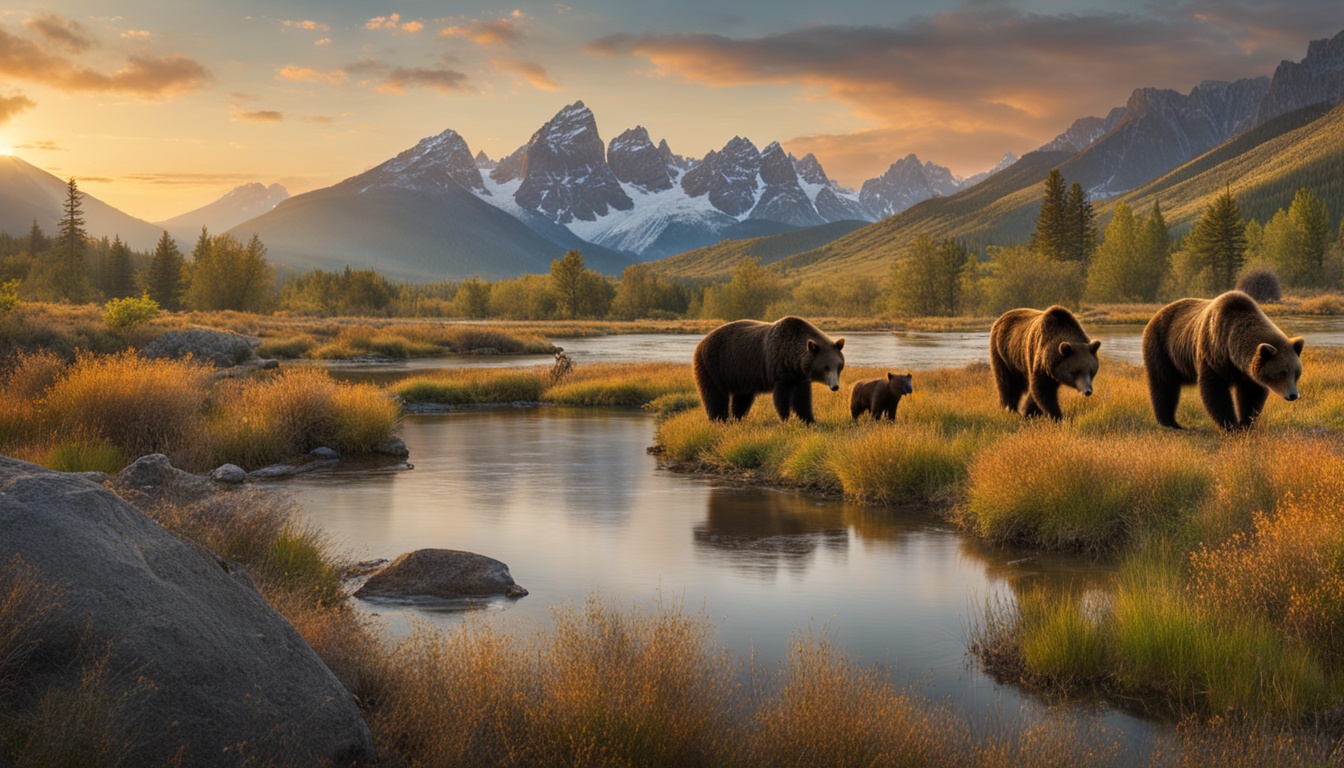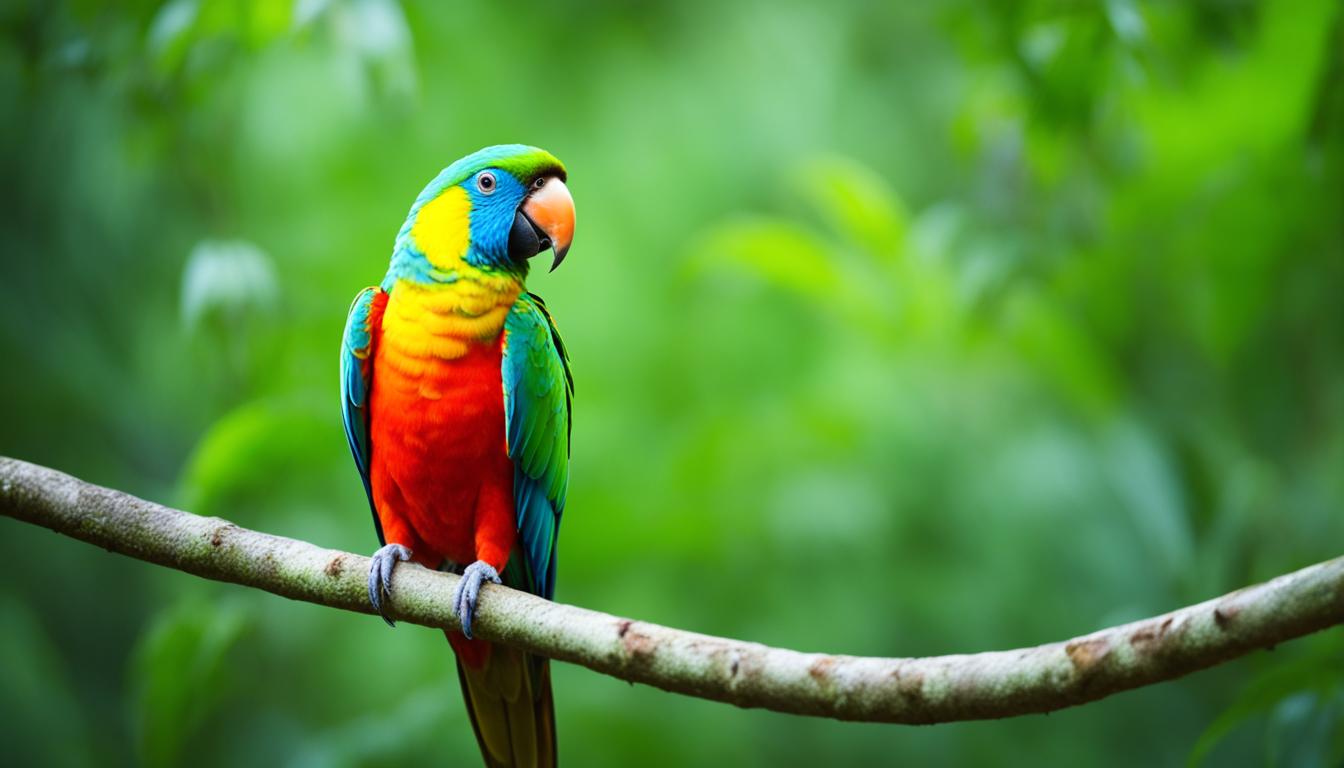Desert Dwellers Unveiled
Ever noticed how you never get invited to parties in the desert? That’s probably because the real shindig is happening under the sand and you’re just not cool enough to get the memo. But let’s crash their party anyway and see who’s who in the land of endless sand.
First on our VIP list is the camel, your humpbacked hydration station. These guys store fat, not water, in their humps, but they’re still the ultimate desert roadsters. Want the lowdown on where to find a camel’s personal oasis? Take a gander at this list of desert animals.
Here’s a quick look at some other sandy socialites:
- SCORPIONS, the OGs with the glow-up—literally, they bask under UV light.
- KANGAROO RAT skips the water cooler chit-chat, getting all their water from seeds.
- FENNEC FOX with ears so big, they’d hear your thoughts if they weren’t just about escaping the heat.
| Desert VIPs | Known For |
|---|---|
| Yucca Moth | Night-time pollination parties |
| Addax | Chillaxing with low water needs |
| Meerkats | Your desert welcome committee |
| Bilby | The Aussie with rabbit-envy ears |
Want to know more about these exquisitely adapted party animals? Check their profiles filled with fun survival tips and cool desert hacks here.
Remember, while you’re sweating buckets, these creatures are living it up in their sun-baked paradise. Maybe next time, you’ll get a coveted invite—just make sure you bring your own water bottle!
Mammals on the Sand Stage
Brace yourself, as the desert hosts a quirky cast of mammals that have mastered the art of survival in the sandy theatres of heat.
Crafty Canines
Consider the addax antelope that struts its stuff with long, twisty horns—it’s like punk rock met the Sahara. They’re a tough crowd, playing hard to get with predators and clearly not in a hurry with their slow saunter.
Burrowing Bandits
These aren’t your average cute furry critters. The sand cat, for instance, is the desert’s sneakiest feline, prowling the dunes under the radar. They’re not just tough; they’re the James Dean of the desert, cool under the sun and wired to beat the heat.
Nocturnal Nomads
When the sun dips, the show really kicks off. Picture this: a peppy band of jerboas, hopping like pint-sized kangaroo wannabes on a caffeine buzz. These furballs have turned night into their playground, avoiding the day-star’s spotlight like celebrities dodging the paparazzi.
Birds of the Blazing Skies
The desert skies aren’t just about the scorching sun; they’re also home to a cast of feathered characters who have aced their survival skills. Keep your binoculars handy, you’re about to meet the winged masters of the desert.
Raptors on Patrol
Golden Eagles are like the top guns of the desert, soaring high with a keen eye out for their next meal. These impressive birds can cover vast areas in their search for prey, making the desert skies their personal hunting ground.
Red-Tailed Hawks, easily identified by their reddish tail feathers, perch commandingly atop cactus and cliff edges. They’re the neighborhood watch of the desert, keeping a lookout for rodents without the need for binoculars.
Oasis Regulars
Look for the Burrowing Owl, standing outside its ground-level adobe with a gaze that says, “I’m watching you.” These owls aren’t high-rise lovers – they prefer the down-to-earth lifestyle of desert burrows.
When you hear a distinctive call that cuts through the desert air, it’s probably the Cactus Wren. These busybodies are the talk of town around the cacti, and they’re always up for a good gossip session at the local watering hole.
Reptilian Sun Worshippers
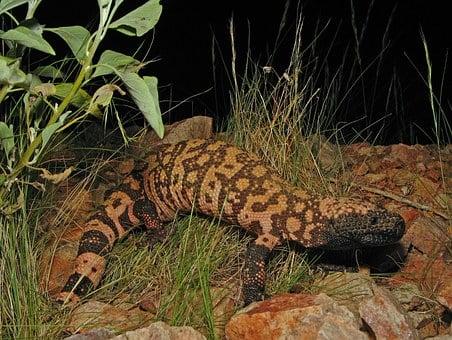
In the sweltering heat of the desert, you’ll find cold-blooded critters who have turned sunbathing into a survival strategy. Meet the reptiles that bask in the glory of the sun to rev up their internal engines.
Slithering Performers
As you scan the sandy stage of the desert, don’t be surprised when snakes make a dramatic entrance. They’re not just aimlessly slithering about; they’re on a precise thermal regulation quest. Watch the Gila monster, a venomous virtuoso, perform its life-saving act by burrowing underground when it’s too hot, then warming up in the sun when the temperature dips. While their preference for slightly cooler climes sets them apart, they can’t resist a good sunbathing session to digest their latest meal.
Lizards on the Lookout
Now, shift your gaze to rocks and crevices, where lizards are the star athletes of sunlight absorption. Here’s the Chuckwalla, robust and contemplative, expertly squeezing into cracks to avoid predators while soaking up the rays. And don’t overlook the nimble desert horned lizard, whose diminutive form is stealthy and swift, making it a miniature marvel in the vast desert arena. These lizards are professional sun worshippers, darting in and out of the light to keep their body at the perfect performance temperature.
Invertebrates: The Tiny Titans
You might not think it, but the desert is teeming with life beyond the stereotypical camels and cacti. Let’s introduce you to the true rulers of the sandy realms: invertebrates. These critters are smaller than your morning bagel but play a colossal role in the desert’s food web.
In the Sonoran Desert, for example, you’d encounter a bonanza of invertebrates from the comfort of your hiking boots. There are scorpions that moonlight as glow sticks under UV light – talk about a natural rave! Get the full scoop on these luminous creatures from the Arizona-Sonora Desert Museum.
Invertebrates are like the secret agents of the desert, some with disguises so good, you’d walk right past them. If you’re lucky, you might catch a glimpse of a tarantula sauntering by — don’t worry, they’re less interested in you and more in the pursuit of a delicious bug snack. These eight-legged architects are just one example of the desert’s hidden wonders detailed by the U.S. National Park Service.
Now, it’s not all about the creepy crawlers. Fluttering through these arid environments are butterflies, like the regal two-tailed swallowtail — Arizona’s state butterfly, no less. These flying gems add a dash of color to the otherwise tawny landscape. For more insights on these dainty dynamos, check out their profile by the U.S. National Park Service.
Who knew you’d also be signing up for a treasure hunt among the dunes? Next time you’re in the desert, tip your hat to the tiny titans that call it home. They might be small, but their world is anything but!
Flora: The Unsung Heroes
Imagine a desert, and you’re probably thinking of a vast, barren wasteland, right? Wrong! Your desert dreamscape is brimming with life, thanks to the hardy vegetation that thrives there. Let’s meet these botanical badasses who make it all happen.
Cacti Crusaders
Meet the cacti, your personal water storage tanks in spiked armor. These succulent saviors have mastered the art of surviving in scorching conditions. Their thick, fleshy walls? Custom-designed for hoarding water like precious loot from a pirate’s chest. Not only are they desert decorators, but they also provide critical hydration stations for a whole host of wildlife. So, the next time you glance at these prickly plant pals, give them a nod of respect – they’re the reigning champions of desert survival!
Shrubbery Sidekicks
Don’t overlook the shrubs, your desert’s backbone. These tough-as-nails plants are like the sidekicks in every superhero movie – always underestimated but crucial for the plot. Their deep-rooted determination helps prevent soil erosion, and their unassuming bouquet of leaves offers much-needed shade and shelter to critters that scurry about. And for the grand finale – these humble heroes explode into a fireworks display of flowers when the time is right, proving that even in the harshest environments, life finds a way to throw a party!
Arthropods: The Exoskeleton Entourage
Ever wondered who’s throwing the most happening shindigs under the searing sun of the sandy desert? It’s none other than your local arthropods, decked out in their finest exoskeleton suits! These guys really know how to live it up in the dry, harsh climate.
Meet the Crew
- Scorpions: The desert’s notorious party animals. With their glow-in-the-dark exoskeletons, they’re like living disco balls under UV light!
- Camel Spiders: Despite their name, they’re not really camels. Or spiders. But, boy, do they run fast – they could win a marathon, no sweat (not that they’d sweat, anyway)!
- Ants: These tiny architects throw some impressive sand castle contests. Talk about making the most of a grainy situation!
Accessorize, Arthropod Style
- Antennae: Perfect for catching the latest gossip winds.
- Pinchers and Fangs: For those uninvited predators that crash the party.
And just when you think you’ve seen it all, you realize they have a secret trick up their sleeve. These critters can ditch their old exoskeletons and waltz out in brand new ones. Talk about a wardrobe refresh!
So next time you feel the desert breeze, remember it might just be the arthropods living it up. Maybe pack an exoskeleton, because you wouldn’t want to look underdressed at their next extravaganza!
Amphibians: The Moisture Mavericks

Imagine you’re an amphibian in the desert; you’re basically a hydration artist, making a living where others might ponder, “Water you thinking?” Desert amphibians are the ultimate survivors, defying the dry norms with their cool moisture-seeking lifestyles.
- American Bullfrog: These chaps don’t believe in the nap strategy during the heat; they require a year-round water dance party.
- Northern Leopard Frog: Like the bullfrog, these are the rebels who stick to the pool-side, avoiding the whole ‘aestivation’ trend.
Couch Potatoes or Survival Geniuses?
Desert amphibians have quite the knack for avoiding the heat. When they’re not soaking in a shallow puddle, they’re burrowed underground or hiding out in some shady real estate like rock crevices.
Aestivation: The Art of Chilling… Literally
Most desert frogs and toads are hardcore power nappers. They’ll snooze through the scorching periods in a state called ‘aestivation’ – essentially summer hibernation.
Creature Feature!
- Great Plains Toads: Elusive little hoppers that play hide and seek exceptionally well.
- Diet: Gourmet insectivores dining on a spread of ants, termites, and the occasional spider.
- Chihuahuan Desert Inhabitants: A unique crew that calls North America’s largest desert home, with some not found anywhere else on the globe.
Next time you’re sipping water, raise a glass to these moisture mavericks ― they’re the amphibious answer to desert decadence!
What Quirky Desert Animals Can Be Found on the Galapagos Islands?
The Galapagos Islands are home to some of the quirkiest residents of the Galapagos Islands, including the Galapagos giant tortoise, marine iguana, and blue-footed booby. These unique desert animals have adapted to their harsh environment and can only be found in this remote archipelago.
The Survival Game

In the vast expanse of the desert, animals don’t just casually stroll through the heat and sand; they excel in the ultimate survival game. Here’s the insider scoop on these desert dynamos, serving up survival realness in two premium flavors: Water Whisperers and Heat Hackers.
Water Whisperers
You might think the desert is a dead zone for H2O, but desert dwellers beg to differ. Take the resourceful Merriam’s Kangaroo Rat, for instance. These little furballs are like the MacGyvers of moisture, extracting every last drop from the seeds they devour. And let’s not overlook the African Bush Elephant, whose size might suggest a massive water bill, yet this behemoth is a model of water-conservation elegance, putting your low-flow showerhead to shame.
Heat Hackers
Got a heatwave complaint? Spare a thought for critters who transform high temperatures from foes to friends. Bilbies double as nocturnal ninjas, sidestepping the sun’s glare by burrowing and foraging under the cool moonlight. You can read about this trend-setting marsupial’s lifestyle here. Likewise, the Addax Antelope with a built-in heat deflection, sports a coat that reflects sunlight and a slow-paced stride that conserves energy, making them chill in the literal heat of the moment—it’s the ultimate “keep cool and carry on” strategy. Check out more about these laid-back ungulates right here.

